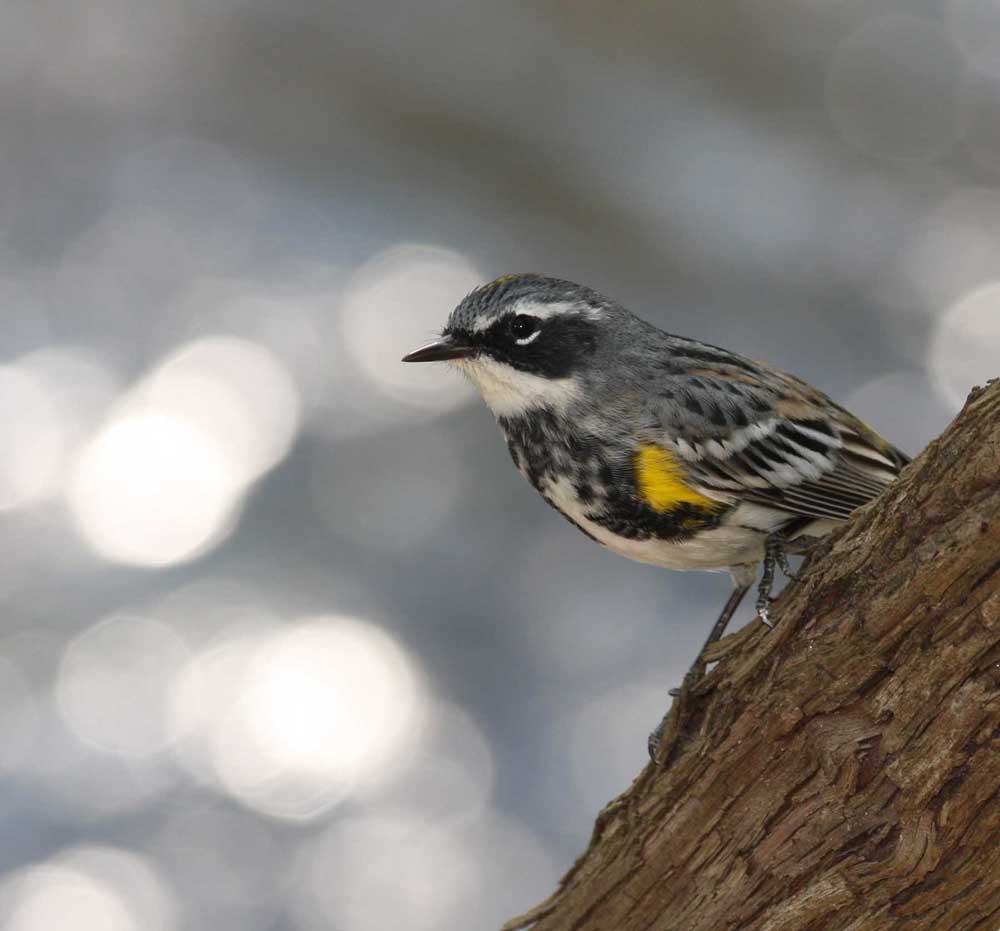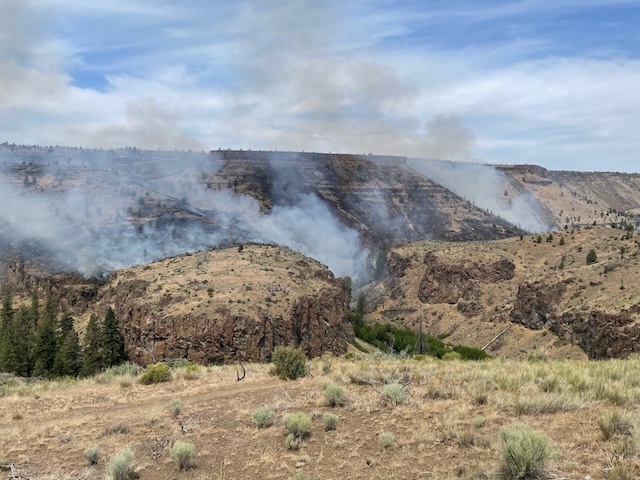Spot these warblers in Central Oregon
Published 12:00 am Wednesday, April 23, 2014

- Courtesy U.S. Fish and Wildlife ServiceYellow-rumped warbler.
Scientific name: Dendroica coronata
Characteristics: In general, these are large warblers, averaging 5 ½ inches long, with stout bills and long tails. Females are duller in color than males but share some of the same basic patterns. The male has bright yellow patches on its crown, throat, rump and sides. The tail, back and chest is blue gray; the wings have white wingbars or broader white patches. In flight, the white corners on the tail feathers are visible.
Nesting: The female builds a cup-shaped nest in a tree. The nest is made of grass, twigs, fine roots and pine needles that is lined with feathers, animal hair or fur. The female lays one to six cream-colored eggs with brownish spots; she may lay another set of eggs later in the season for a second brood. Nestlings take about two weeks to develop before fledging.
Range: Occurs across North and Central America. Winters in Central America and the southern U.S. Breeds in Oregon. There are two races of these warblers, the Audubon’s or myrtle; although most western birds are the Audubon’s race, both ranges overlap in Oregon.
Habitat: During migration, these warblers are found in a wide variety of woodlands and thickets along riparian areas, mountain valleys or the coast. They breed in coniferous forests or mixed forests from sea level to higher-elevation areas.
Food: Gleans insects from leaves and twigs but also catches insects in flight like a fly-catcher. Will also eat seeds, berries and, from backyard bird feeders, raisins.
Comments: These birds are often observed in spring migrating in groups and hawking insects in flight. A group of these birds is known as a “bouquet” or a “confusion” of warblers. Dendroica means “tree dweller” and coronate means “crowned” in reference to the yellow crown, while the common name refers to the yellow patch on the rump. Because the yellow-rumped warblers can digest wax-coated berries (like bayberries) they can winter farther north than other more predominately insect-eating warblers.
Current viewing: Widespread throughout Central Oregon in woodlands along rivers, in parks and neighborhoods. Sawyer Park, the Deschutes River Trail, Camp Polk Meadow Preserve and the Metolius River Trail are just a few areas to look for these birds.
— Damian Fagan is a COCC Community Learning instructor and volunteer with the East Cascades Audubon Society. He can be reached at damian.fagan@hotmail.com.
Sources: “The Audubon Society Encyclopedia of North American Birds” by John Terres, Cornell Lab of Ornithology’s www.allaboutbirds.org and “Birds of Oregon” by Burrows and Gilligan.






